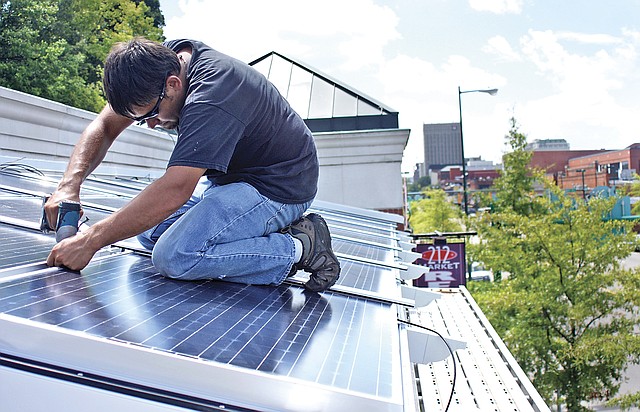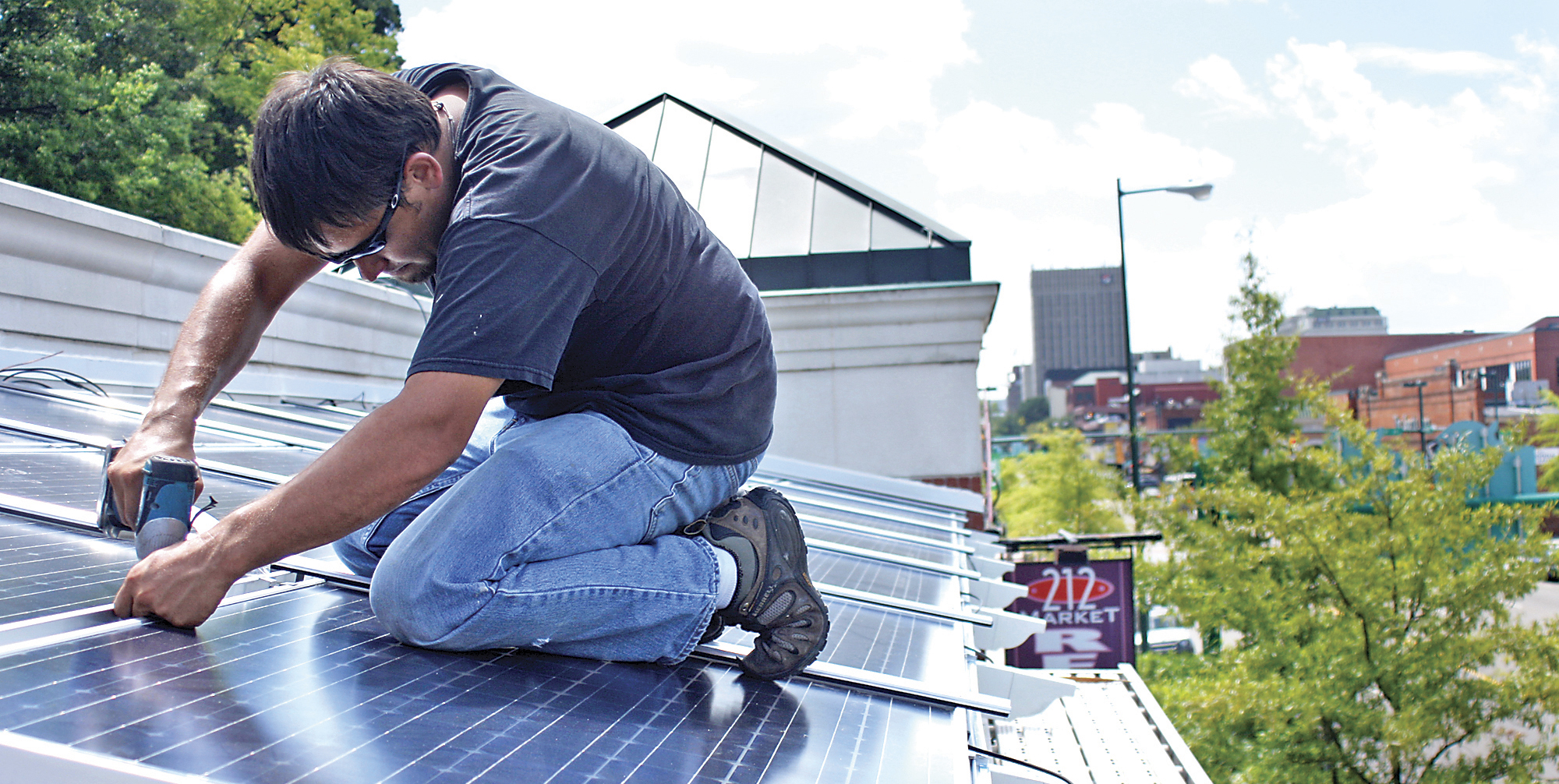Gross to Green: City makes strides to becoming sustainable
Sunday, March 27, 2011
GOING GREEN1969: Chattanooga is declared the nation's dirtiest city by anchorman Walter Cronkite on "CBS Evening News." Soon after, the Air Pollution Control Bureau was created and placed limits on air pollution for local industries1972: Every major pollution source in Hamilton County attains air-pollution compliance, at a cost of more than $40 million.1982: Chattanooga Venture forms and creates the Vision 2000 project to develop recommendations to revitalize downtown.1989: The city's air quality meets all federal health standards, and construction on the Tennessee Aquarium begins.1992: CARTA begins offering its free downtown electric shuttle rides.2005: Chattanooga loses its "attainment" rating from the Environmental Protection Agency for particulate pollution; the 21st Century Waterfront Project is completed.2006: Mayor Ron Littlefield signs the U.S. Conference of Mayors Climate Protection Agreement, a step toward making Chattanooga a sustainable city.2007: Littlefield appoints the Chattanooga Green Committee to assist in the goals for becoming green.2008: The city is designated in attainment with EPA standards for ozone pollution.Source: Chattanooga Visitors Bureau; CARTA; Chattanooga/Hamilton County Air Pollution Control Bureau; City of Chattanooga
Yellow smog hung in the air over Chattanooga more than 40 years ago, a tangible symbol of a manufacturing economy that was on the brink of collapse.
Dubbed the "Dynamo of Dixie" for its industrial prowess, boasting a diverse manufacturing base that included steel mills, nuclear steam-generating equipment and boiler shops, the city was said to have the nation's dirtiest air in 1969.
"All the coal being used caused a great deal of air pollution, not unlike what happened in every industrial city," said David Crockett, director of the city's Office of Sustainability. "The downside is the air-quality issue; at one time it was a significant health issue."
That year the city created the Air Pollution Control Bureau to get the air-pollution problem under control, meeting the compliance standards to clear the air three years later.
In the 1970s Chattanooga's manufacturing base began to crumble, erasing a major source of the area's pollution from the picture.
"We took a massive economic hit," Crockett said. "There were a great number of social issues, downtown was becoming morbid, it was not a good time. We needed a quadruple bypass."
The city began to pull itself out of economic hardship and toward greener approaches in the 1980s with Chattanooga Venture and its Vision 2000 project, Crockett said. It was during that time that the idea for the Riverwalk began to take shape and plans for the Tennessee Aquarium were being finalized, he said.
Through "a lot of individual initiatives that taken cumulatively made a difference," the city began to adopt sustainable practices, Crockett said. A city-wide recycling program is now available, along with free electric shuttle downtown public transportation and incentives from EPB to switch to green power.
Anj McClain, co-founder of GreenSpaces and a member of the Chattanooga Green Committee since its inception in 2007, said the city still has a long way to go before it can catch up with others across the country that are already sustainable.
"In Chattanooga we like to say, 'Look how far we've come,' but we're really actually behind," she said. "We haven't adopted green practices as a city. We still have a lot of work to do."
She said she hopes in future years to see more "tangible, certifiable goals" set by the city, such as mandates on construction that require new buildings and homes be certified by an environmental organization.
Crockett said within the next year, all the city streetlights will be replaced with moreefficient light bulbs, and in the next 20 years he hopes "we'll have green spaces everywhere."
"The next chapter for us is actually being green," he said. "To do that, the responsibility should reside in many places ... We're changing our principles, policies and design to be good for the environment, good for the community and good for the economy."

